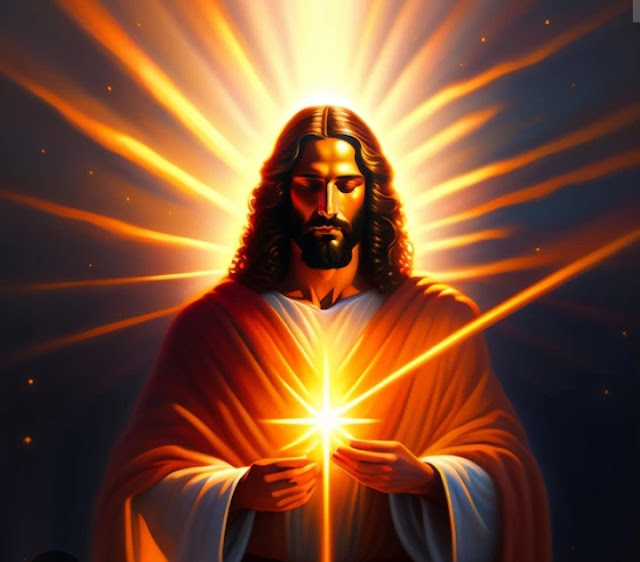Concept of Enternity
Eternity as a timeless realm, without succession, duration or sequence. In this view, there is no “before” or “after”, and the past, present and future as we think of them all exist together in an eternal “Now”. This was the view of the early Christian theologian St. Augustine and, before him, of Plato and the Neo-Platonists.
target="_blank">Eternity as never-ending time, without beginning or end, but nevertheless time as we normally think of it, with duration and succession from the past towards the future. Such a view was held by Aristotle, as well as many early Christians (before St. Augustine)But, if the universe itself is not eternal, from the Christian/Muslim/Jewish viewpoint, the God that created it IS eternal. In these and many other religions, the presiding God or gods are assumed to live forever, and much ink has been spilled in clarifying exactly how this occurs. Depending on the religion or the particular religious commentator, God may be considered to exist:
in eternity (i.e. an essentially timeless existence, where the categories of past, present and future just do not apply – such a God does not exist at any particular point in time and does not experience temporal succession), or
for eternity (i.e. at all times, having already existed for an infinite amount of time, and continuing to exist for an infinite amount of future time – such a God therefore exists at each moment in time).
Various in-between or combined views and various alternative views have also been suggested, such as: a divine existence both inside and outside the human concept of time at the same time; the position that God exists not within our time, but in a temporal and sequential way within his own time; the idea that a once timeless God became temporal at the moment of creation (i.e. once temporal reality as we know it came into existence); etc.
The concept of eternity has been symbolized in many ways over the millennia, from the Ouroboros, the ancient symbol of a snake eating its own tail used in ancient Egypt and Greece as well as in many other cultures, to the endless knot of Tibetan Buddhism, to the annulus or ring of Celtic lore, to the modern mathematical symbol for infinity (technically called a lemniscate, shaped like a figure 8 on its side)







Comments